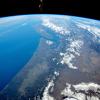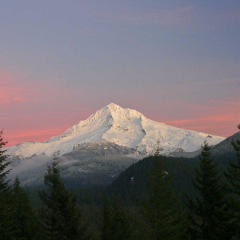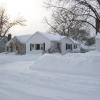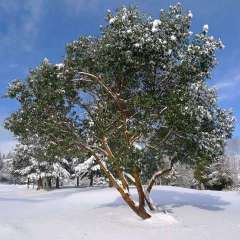September 2018 Weather in the Pacific Northwest
-
Who's Online 2 Members, 0 Anonymous, 42 Guests (See full list)
-
Popular Contributors
-
Activity Stream
-
60
May 2024 Observations and Discussion
The official H/L yesterday at Grand Rapids was 71/50 there was 0.63” of rain fall the sun was out 43% of the possible time. The highest wind gust was 31 MPH out of the W. For today the average H/L is 66/44 the record high of 88 was set in 1949 the record low of 26 was set in 1971 and 2005. The most rain fall of 1.06” fell in 1902 the most snow fall of 0.4” was in 1954. Last year the H/L was 64/38. The overnight low here in MBY was 48 there was 0.3” of rainfall since 7 AM yesterday at the current time it is cloudy and 52. -
748
Middle East Conflict of 2023-2024
You mean the claims of about 40 or so babies being beheaded? Those were basically debunked months ago. I mean, even the official Israeli military press office refused to ever confirm them. That would have been wonderful propaganda material if it could have been confirmed. (Propaganda is not always lies. Factual propaganda is often the most effective propaganda. That even the party who stood to benefit the most from the propaganda were it factual refused to certify it as such should speak volumes.) -
748
Middle East Conflict of 2023-2024
Clickbait title aside, I know this will probably be ignored by the those with their heads in the sand, but for anyone with a critical mind, I dare you to find fault with any of this video's critique: Please, someone send me verifiable proof of the claims made by Israel regarding the babies and mass sexual violence. I am sure there was most likely some violence toward women (it's angry men we are talking about here), but in the context of how many dead and dismembered Gazan women and children there are now... the outrage is kind of greatly overshadowed now, isn't it? I was onboard with the claims right after Oct. 7th, but the more I look for evidence and see how Israel has a long history of lies, I'm inclined to believe it was kneejerk desperate propaganda to cover up their ineptitude and give them clearance to flatten Gaza. Again, if you have objective proof, post it! Silence will be accepted as a means to convey either your agreement or lack of finding fault. -
1116
2024-2025 California and Southwest Weather Thread
Light rain tomorrow afternoon -
7566
Polite Politics
My mom pushed the "all A's" thing, which was pretty tough with my un-diagnosed learning disability. I pretty much knew I had it and went to my mom to try to get help, but she said I was just lazy. I managed to get into the "gifted" program in high school, and my teacher in the program tried to get me on the right track but I had already given up. At one point she she told me that while she could not tell me my IQ score, she said it was pretty incredible. I feel bad, in hindsight she was really invested in trying to help me succeed, and I didn't care. I ended up failing a core class senior year and graduated a "C" student with a "basic" high school diploma (most of the class got a "college prep" diploma). I showed up for my SAT hung over and I think I barely cracked 1000. It took me until the age of 47 to get my college degree. I finally got a proper diagnosis on the learning disability at the age of 30. For our kids, we told them to do their best, and if a C was their best, and they sought help from the school and asked us for help, then we would be perfectly happy with that. One kid didn't do so well that philosophy, but the other did have that scenario and "had the receipts": He asked us for help, kept in communication with us about his struggles, and when the final grade came in, there really wasn't any discussion or drama about it. I think he was harder on himself about it than we were.
-











Recommended Posts
Join the conversation
You can post now and register later. If you have an account, sign in now to post with your account.